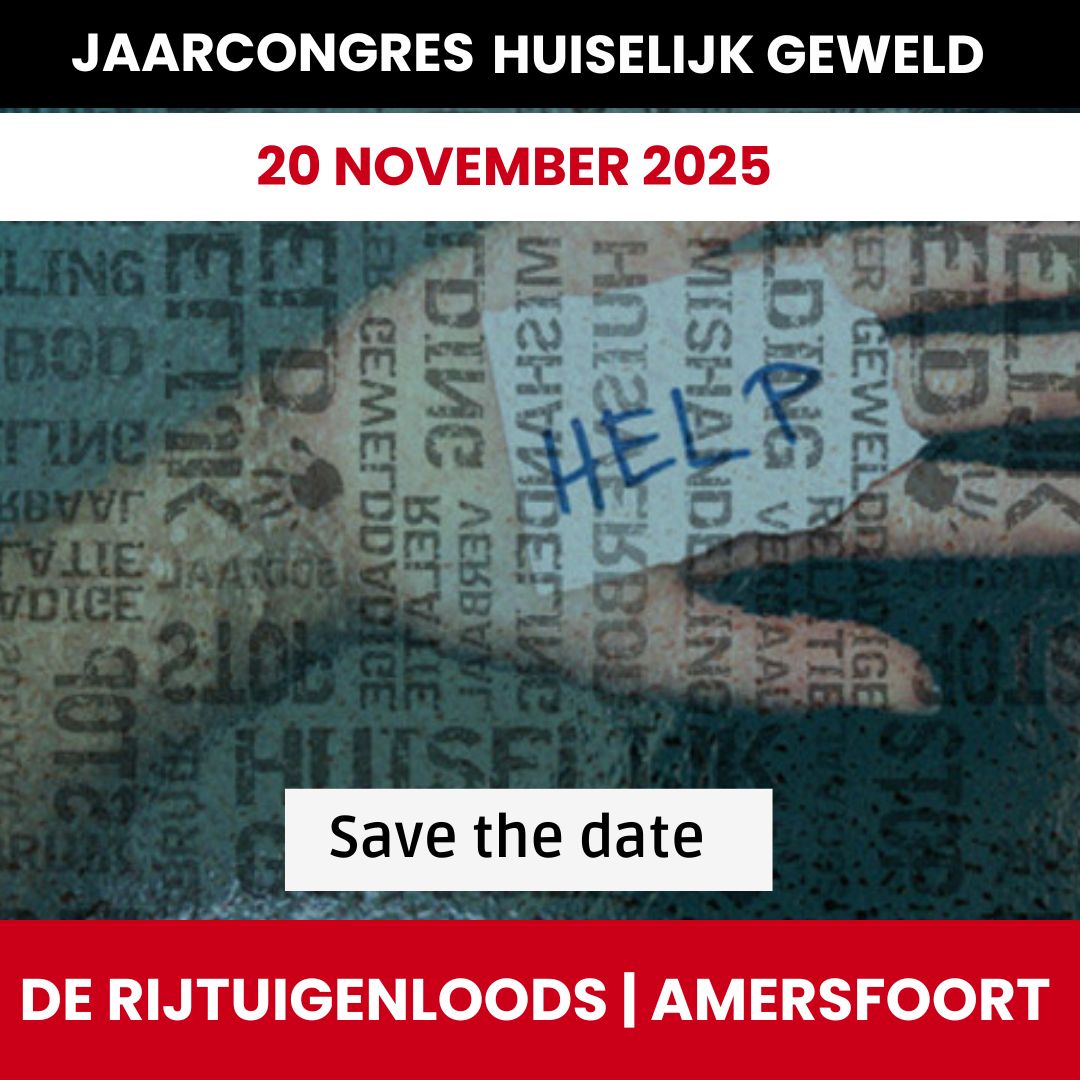Literatuur
Bates, E. & B. Hine (2023). “I Was Told When I Could Hold, Talk With, or Kiss Our Daughter”: Exploring Fathers’ Experiences of Parental Alienation Within the Context of Intimate Partner Violence, Partner Abuse 14 (2): PA-2022-0021.R1, DOI: 10.1891/PA-2022-0021
CBS, (2020) Dwingende controle in huiselijke kring, zie https://longreads.cbs.nl/phgsg-2020/dwingende-controle-in-huiselijke-kring
Dam, A. van (2023). Podcastgesprek over profielen en patronen van dwingende controle met Sietske Dijkstra in de serie Collectief leren, februari Podcast 28 februari gemaakt met Arno van Dam, https://app.springcast.fm/17886/geweldspatroon-dwingende-controle
Dijkstra, S. (2019). ‘I did not see my daughters for years:’ The impact of coercive control on post-divorce relationships between mothers and children, Theme Intimate Partner Violence, -BOOK II European Conference on Domestic Violence, Faculty of Psychology and Education Science, University of Porto, Portugal, 50- 56.
Dijkstra, S. (2019). Hoe doorzie je een instrumenteel geweldspatroon. De noodzaak om dwingende controle te erkennen, Sozio, 4, 30-34.
Dijkstra, S. (2022). ‘I see a wall... then I cannot reach my son.’ Coercive control tactics from one parent to alienate the child(ren) from the other, Journal of Gender Based Violence, DOI: https://doi.org/10.1332/239868021X16481299024267
Factsheet Intieme terreur (2022). VNG https://vng.nl/sites/default/files/2022-01/ghnt_factsheet_intieme_terreur.pdf
Katz, E. (2016) ‘Beyond the Physical Incident Model: How Children Living with Domestic Violence are Harmed By and Resist Regimes of Coercive Control’, Child Abuse Review, vol. 25, no. 1, 46- 59.
Lunnemann, K., Compagner, M., Steketee, M. en R. de Wildt (2023). Op zoek naar beschermingsarrangementen bij huiselijk geweld. Een onderzoek naar samenwerking huiselijk geweld in Zaanstreek-Waterland, VJ-Instituut, Utrecht.
MASIC, Conflictscheiding, www.conflictscheiding.eu
Monckton-Smith, J. Tedtalk https://www.ted.com/talks/dr_jane_monckton_smith_the_homicide_timeline
Monckton-Smith, J. (2022). In Control. Dangerous Relationships and How They End in Murder, Bloomsbury, Ireland, Great Britain.
Myhill, A. (2015). ‘Measuring Coercive Control: What We Can Learn from National Population Surveys?’ Violence Against Women 21, no. 3, 355-375.
NICHD interview, Conflictscheiding, www.conflictscheiding.eu
Presser, L. (geraadpleegd 19 september 2023) http://web.utk.edu/~lpresser/publications.htm
Rino Groep Geaccrediteerde scholing geweldspatroon van dwingende controle, https://www.rinogroep.nl/opleiding/7648/geweldspatroon-van-dwingende-controle-in-ex-partnerrelaties.html
Sharp-Jeffs, N., Kelly, L. en R. Klein (2017). Long Journeys Toward Freedom: The Relationship Between Coercive Control and Space for Action—Measurement and Emerging Evidence, Violence Against Women, volume 24, issue 2 https://doi.org/10.1177/10778012166861
Stark, E. (2009). Coercive Control. How Men Entrap Women in Personal Life, Oxford University Press.
Steketee, M., Van Loon-Dikkers, L., Dusault, Y. en B. Tierolf (2023). Huiselijk geweld een complex en hardnekkig probleem. Derde cohortstudie: Resultaten van de aanpak partnergeweld en kindermishandeling, VJ-Instituut, Utrecht, https://www.verwey-jonker.nl/wp-content/uploads/2023/09/220520_Huiselijk-geweld-een-complex-en-hardnekkig-probleem.pdf









